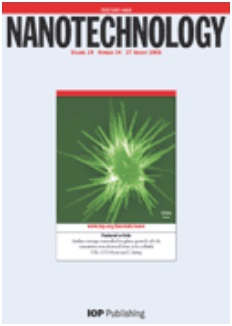Zinc oxide (ZnO) is a wide-bandgap semiconductor material with applications in a variety of fields such as electronics, optoelectronic and solar cells. However, much of these applications demand a reproducible, reliable and controllable synthesis method that takes special care of their functional properties. In this work ZnO and Cu-doped ZnO nanowires are obtained by an optimized hydrothermal method, following the promising results which ZnO nanostructures have shown in the past few years. The morphology of as-prepared and copper-doped ZnO nanostructures is investigated by means of scanning electron microscopy and high resolution transmission electron microscopy. X-ray diffraction is used to study the impact of doping on the crystalline structure of the wires. Furthermore, the mechanical properties (nanoindentation) and the functional properties (absorption and photoluminescence measurements) of ZnO nanostructures are examined in order to assess their applicability in photovoltaics, piezoelectric and hybrids nanodevices. This work shows a strong correlation between growing conditions, morphology, doping and mechanical as well as optical properties of ZnO nanowires
